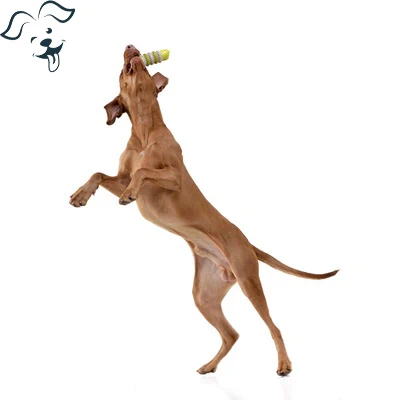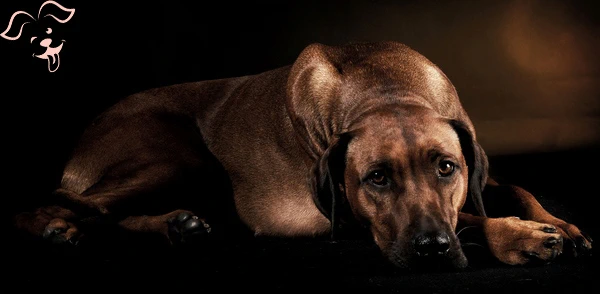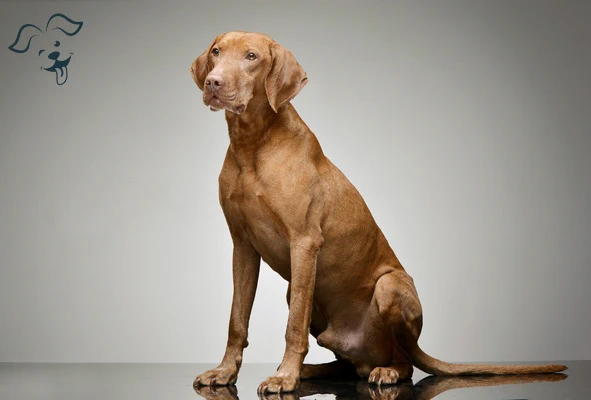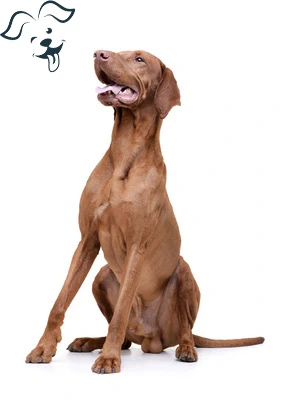CARING WITH FAMILY
|
| The level of affection a breed displays towards family members and people they know well can vary. Certain breeds may exhibit aloofness towards individuals other than their owner, while others tend to treat everyone they know as their closest friend. |
LOVE WITH CHILDREN
Unwise
Good With Children
|
| When it comes to a breed's tolerance and patience with children's behavior, as well as their overall family-friendly nature dogs should always be supervised, especially around young children or children who have little exposure to dogs. |
BEHAVIOR WITH DOGS
Unwise
Good With Other Dogs
|
| It is important to supervise and carefully introduce dogs to one another when it comes to interactions with other dogs. However, certain breeds tend to have a more innate inclination towards getting along with other dogs both within their own household and in public settings. |
SHEDDING LEVELS & MANAGEMENT
No Shedding
Hair Everywhere
|
| The amount of fur and hair a breed tends to shed is an important factor to consider. Breeds that experience high shedding may necessitate more frequent brushing have a higher likelihood of triggering certain allergies and may require more consistent vacuuming and lint-rolling to manage the hair. |
COAT GROOMING STANDARDS
|
| The frequency of bathing, brushing, trimming, and other coat maintenance tasks varies among breeds. It is essential to consider the amount of time, patience and budget you have for grooming when selecting a breed. Additionally all breeds require regular nail trimming as part of their grooming routine. |
DROOLING INTENSITY
Less Likely to Drool
Always Have a Towel
|
| The tendency of a breed to drool can be an important factor to consider especially for individuals who prefer cleanliness. If you value a neat environment and are concerned about dogs leaving ropes of slobber on your arm or creating big wet spots on your clothes you may want to avoid breeds that are known to be prone to drooling. |
COAT STYLES GUIDE |
| Smooth |
| COAT SPECTRUM |
| Short |
FRIENDLINESS
Reserved
Everyone Is My Best Friend
|
| The propensity of a breed to drool is an important consideration, particularly for those who prioritize cleanliness. If maintaining a tidy environment is crucial to you and you have concerns about dealing with excessive slobber on your arm or noticeable wet spots on your clothes it may be wise to steer clear of breeds known for their tendency to drool. |
LIVELINESS
Only When You Want To Play
Non-Stop
|
| The level of enthusiasm a breed has for play can vary. While some breeds continue to enjoy activities like tug-of-war or fetch even past puppyhood and into their adult years others may be content with more relaxed activities and enjoy spending most of their time relaxing on the couch with their owners. It's important to consider the activity level and play preferences of a breed to ensure it aligns with your own lifestyle and expectations. |
VIGILANCE INTENSITY
What's Mine Is Yours
Vigilant
|
| The degree of a breed's tendency to alert you of the presence of strangers is an important trait to consider. Some breeds are more likely to react to any potential threat whether it's the mailman or a squirrel outside the window. These breeds generally remain vigilant and alert to their surroundings. However, with proper socialization and acceptance by the family they can warm up to strangers who enter the house. |
ADAPTATION CAPACITY
Lives For Routine
Highly Adaptable
|
| The ability of a breed to handle change can vary between different breeds. Some breeds are more adaptable and find it easier to handle changes in living conditions, noise, weather, daily schedules and other variations in day-to-day life. On the other hand, certain breeds may be more sensitive or resistant to change, requiring more time and patience to adjust to new circumstances. When considering a breed it is important to assess its adaptability and determine if it aligns with your lifestyle and the potential changes it may entail. |
OBEDIENCE LEVEL
Self-Willed
Eager to Please
|
| The ease of training and the willingness of a dog to learn new things can vary between breeds. Some breeds have a natural inclination towards learning and strive to make their owners proud. They are often responsive to training and enjoy the mental stimulation it provides. |
STAMINA LEVEL
|
| The amount of exercise and mental stimulation a breed requires can vary greatly. High-energy breeds typically have a strong desire for physical activity and mental stimulation. They are often ready to go on adventures, engage in running, jumping and playing throughout the day. These breeds thrive with regular exercise and activities that challenge their minds. BARKING LEVEL |
VOCALIZATION
|
| When Necessary |
LEARNING CURIOSITY LEVEL
Happy to Lounge
Needs a Job or Activity
|
| The mental stimulation requirements of a breed can vary significantly. Purpose-bred dogs that have been developed for specific tasks often possess qualities such as decision-making, problem-solving and concentration. These breeds generally thrive when they have opportunities for mental exercise and engagement. |
| COLORS |
|
Description
|
Registration Code
|
|
Light Wheaten
|
120
|
|
Lt Whtn Blk Nose
|
467
|
|
Lt Whtn Brn Nose
|
468
|
|
Red Wheaten
|
156
|
|
Rd Whtn Blk Nose
|
469
|
|
Rd Whtn Brn Nose
|
470
|
|
Wheaten
|
224
|
|
Wheaten Blk Nose
|
471
|
|
Wheaten Brn Nose
|
472
|
|
| PATTERNS |
|
Description
|
Registration Code
|
|
Black Mask
|
004
|
|
White Markings
|
014
|
|






























FRIENDLINESS
LIVELINESS
VIGILANCE INTENSITY
ADAPTATION CAPACITY